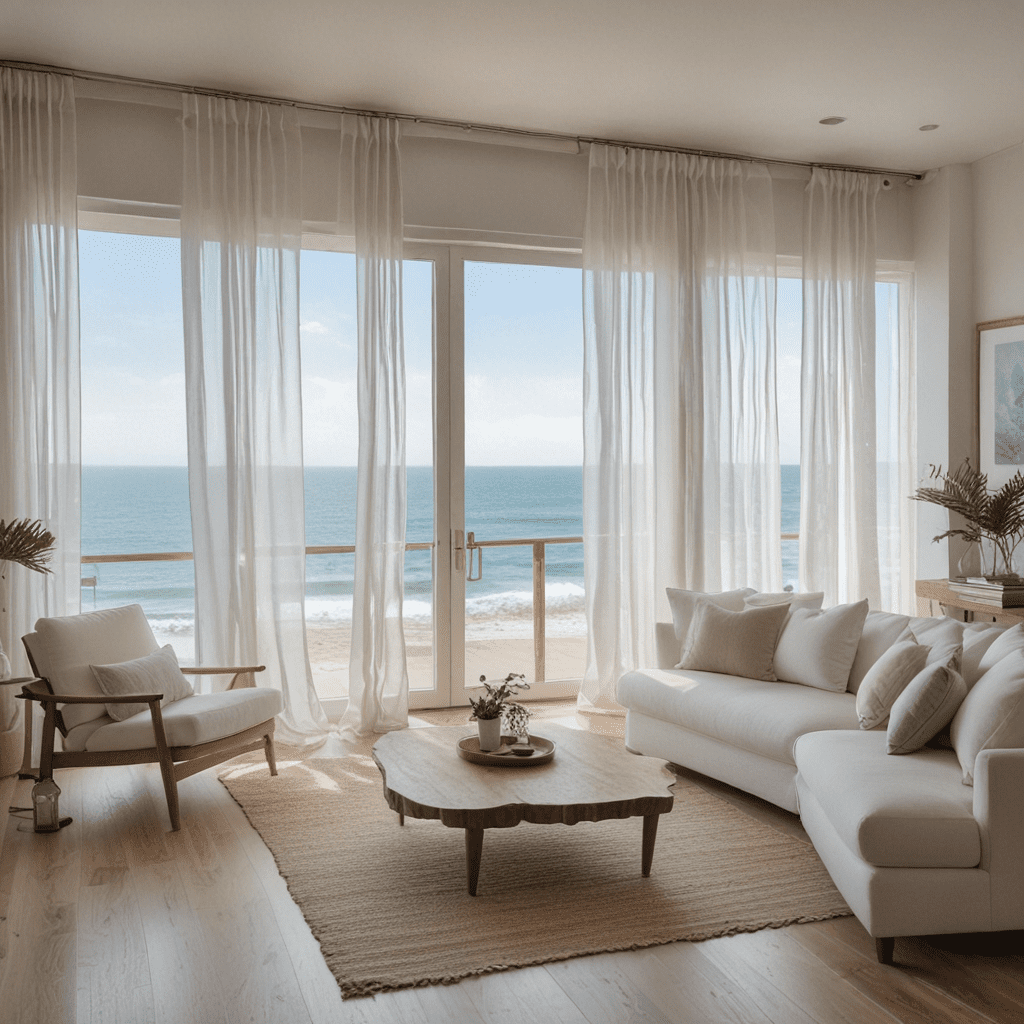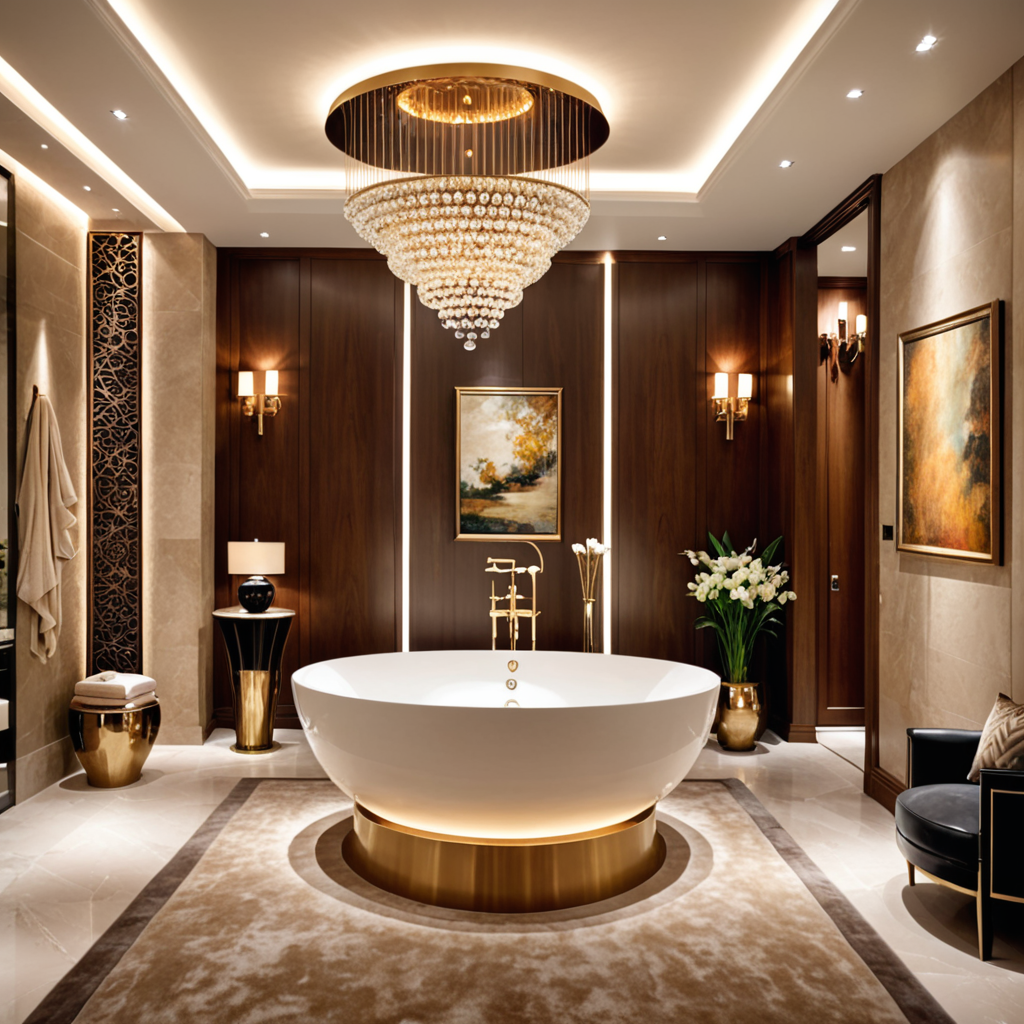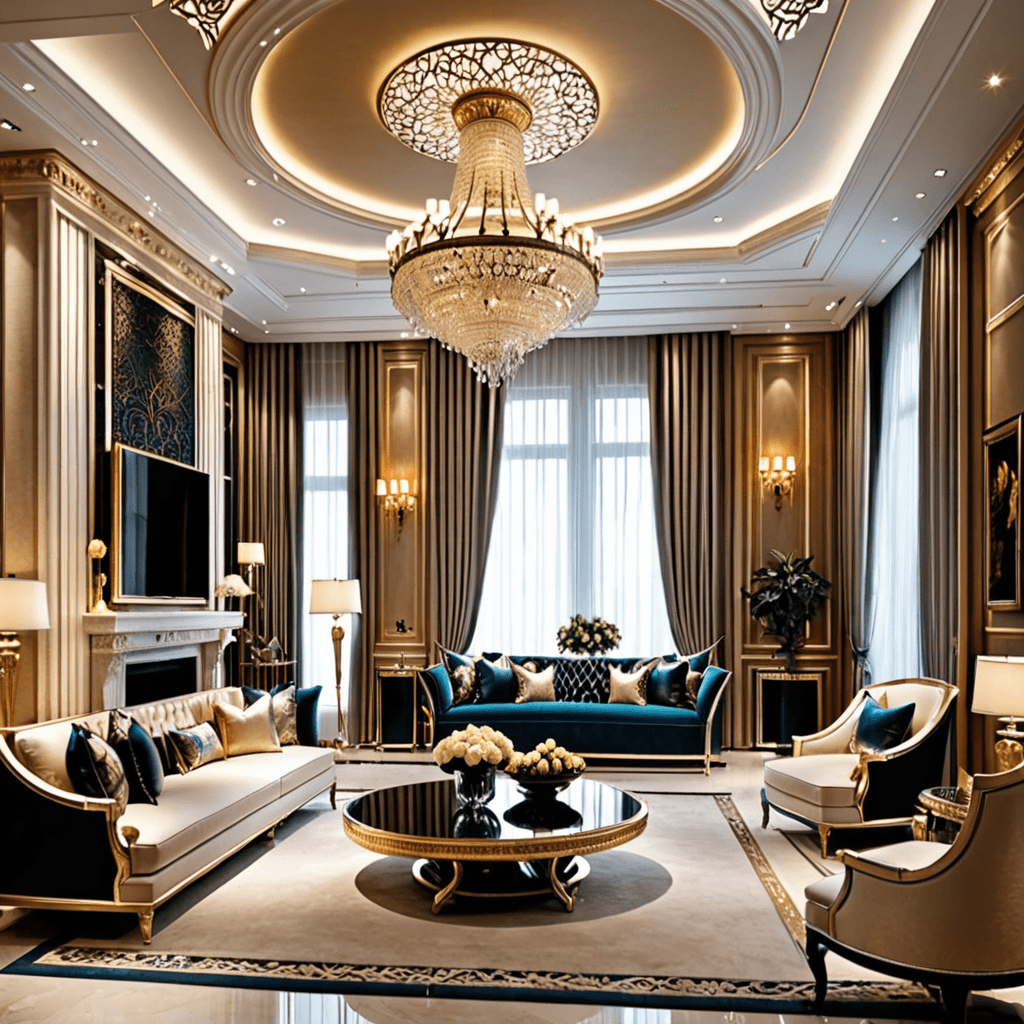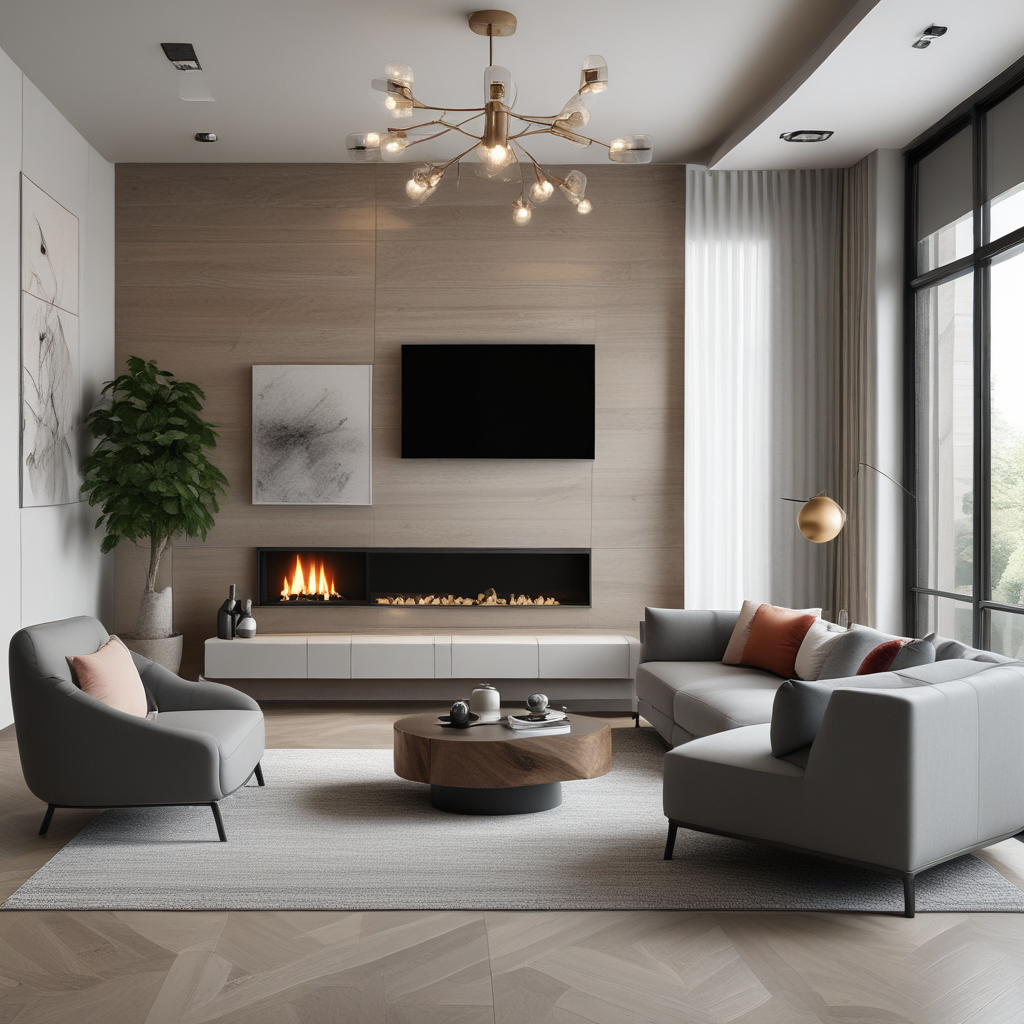60s Interior Design: How to Create a Retro Look in Your Home
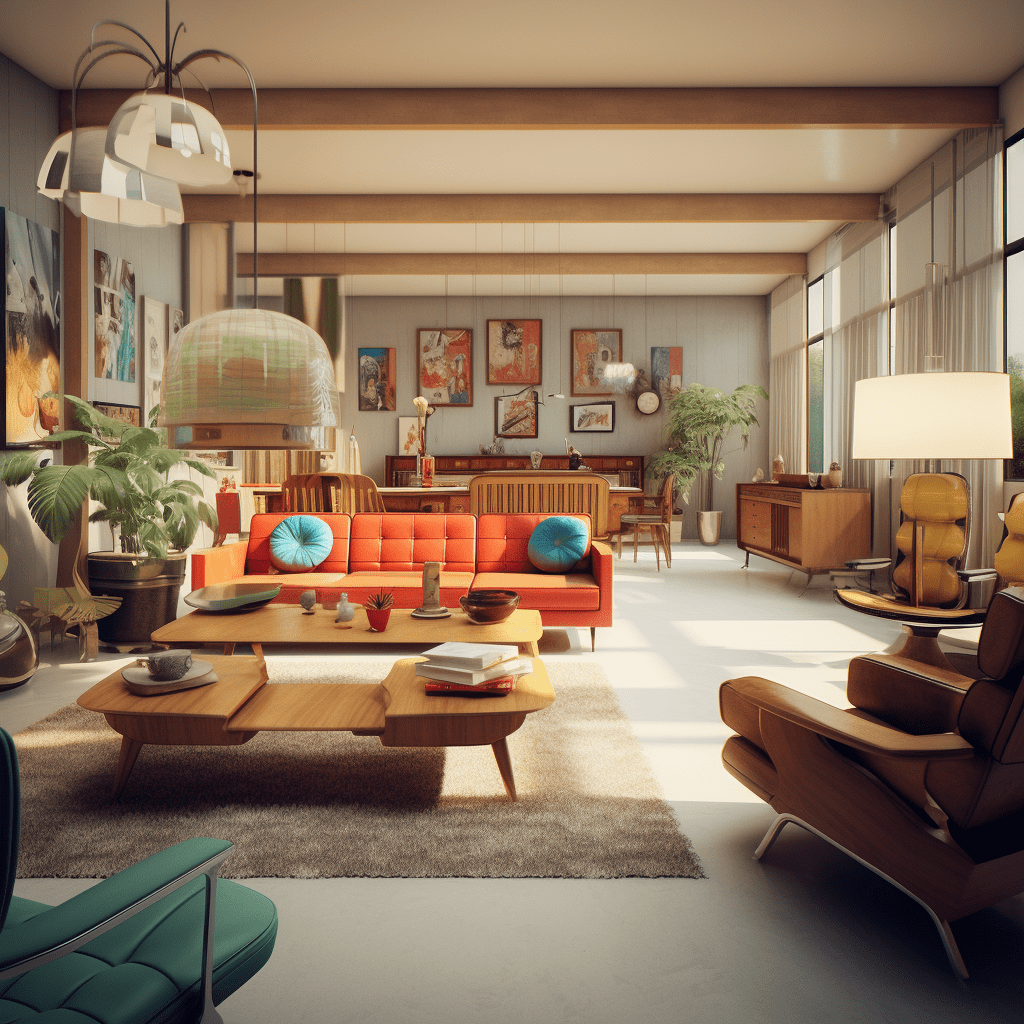

Exploring the Timeless Charm of 60s Interior Design
The 1960s was a decade of immense creativity and change, influencing various aspects of society, including interior design. Characterized by vibrant colors, bold patterns, and sleek lines, 60s interior design continues to capture the hearts of design enthusiasts today. In this blog post, we will take a closer look at this iconic era and explore its key design elements and popular trends. So, let’s step back in time and dive into the world of 60s interior design!
1. Colors that Defined the Era
When it comes to 60s interior design, colors played a pivotal role in creating the vibrant and energetic atmosphere that defined the era. Popular color palettes included bright oranges, yellows, and greens, often combined with contrasting hues like black and white. These bold color choices were a departure from the more subdued colors of previous decades and added a sense of optimism and joy to the interior spaces.
2. Embracing Retro Patterns
From geometric shapes to psychedelic prints, the 60s introduced a wide range of eye-catching patterns into interior design. Retro patterns, such as oversized polka dots, bold stripes, and intricate paisleys, adorned everything from wallpaper to upholstery. These playful and energetic patterns became a signature of 60s interior design, injecting a sense of fun and personality into homes.
3. The Rise of Mid-Century Modern
The 60s also saw the continued popularity of mid-century modern design, which emerged in the previous decade. This minimalist yet functional style emphasized clean lines, organic shapes, and the use of natural materials like wood and leather. Iconic mid-century modern furniture pieces, such as the Eames Lounge Chair and the Barcelona Chair, became design staples during this time, their timeless appeal lasting well beyond the 60s.
4. Open Spaces and Innovative Designs
As the 60s embraced a more progressive mindset, interior spaces began to open up and embrace innovative designs. Open floor plans became increasingly popular as walls were torn down, creating a sense of freedom and flow between different areas of the home. The concept of modular furniture also gained prominence during this era, allowing homeowners to customize and rearrange their living spaces to suit their needs.
5. Integrating Pop Art
The 60s was the era of pop art, and its influence extended beyond the realms of fine art and seeped into interior design. Pop art-inspired decor elements, such as vibrant posters, bold sculptures, and quirky accessories, became key features in 60s homes. The use of these art forms brought a sense of youthfulness and contemporary style to interior spaces, reflecting the cultural and social shifts of the time.
6. Frequently Asked Questions (FAQ)
Q: How can I incorporate 60s interior design into my home without it feeling dated?
A: While you may want to embrace the essence of 60s interior design, it’s crucial to balance it with modern elements to avoid a dated look. Incorporate key 60s design elements, such as retro patterns or mid-century modern furniture, into a contemporary setting. Mixing and matching these elements with more current styles can create a harmonious and eclectic aesthetic.
Q: Can I use 60s interior design in small spaces?
A: Absolutely! The clean lines and minimalist approach of mid-century modern design make it a great choice for small spaces. Opt for furniture with slender silhouettes and light colors to maximize the feeling of openness. Additionally, strategic placement of bold colors and patterns can add depth and visual interest to smaller rooms.
Q: How can I add pops of color to my 60s-inspired interior?
A: Adding pops of color is a fantastic way to infuse the spirit of the 60s into your interior design. Consider using vibrant accent furniture, throw pillows, or rugs to inject bold colors into the space. Wallpaper with retro patterns can also serve as a focal point and contribute to the overall color scheme.
Q: What are some affordable ways to achieve a 60s look?
A: Achieving a 60s look doesn’t have to break the bank. Visit thrift stores, garage sales, or online marketplaces to find vintage furniture or accessories. You can also explore DIY options, such as repainting wooden furniture in bright colors or creating your own pop art-inspired artwork.
Q: Are there any other design styles that were popular during the 60s?
A: Alongside 60s interior design, other popular styles included Hollywood Regency, Scandinavian design, and the British Invasion style, inspired by Beatlemania. Each of these styles carried its own unique influences and design elements, contributing to the rich tapestry of 60s interior design.
Q: Can I mix 60s interior design with other design styles?
A: Absolutely! Interior design is all about personal expression and creativity. Mixing 60s interior design with other styles, such as bohemian or contemporary, can create a unique and personalized space. The key is finding a balance and ensuring that the different styles complement each other harmoniously.
In conclusion, 60s interior design remains an enduring source of inspiration for those seeking to enhance their homes with a touch of retro charm. Whether incorporating bold colors, retro patterns, or mid-century modern furniture, the design elements of the 60s bring energy and personality to interior spaces. So, embrace the nostalgia and get ready to transport your home back to the swinging 60s!
